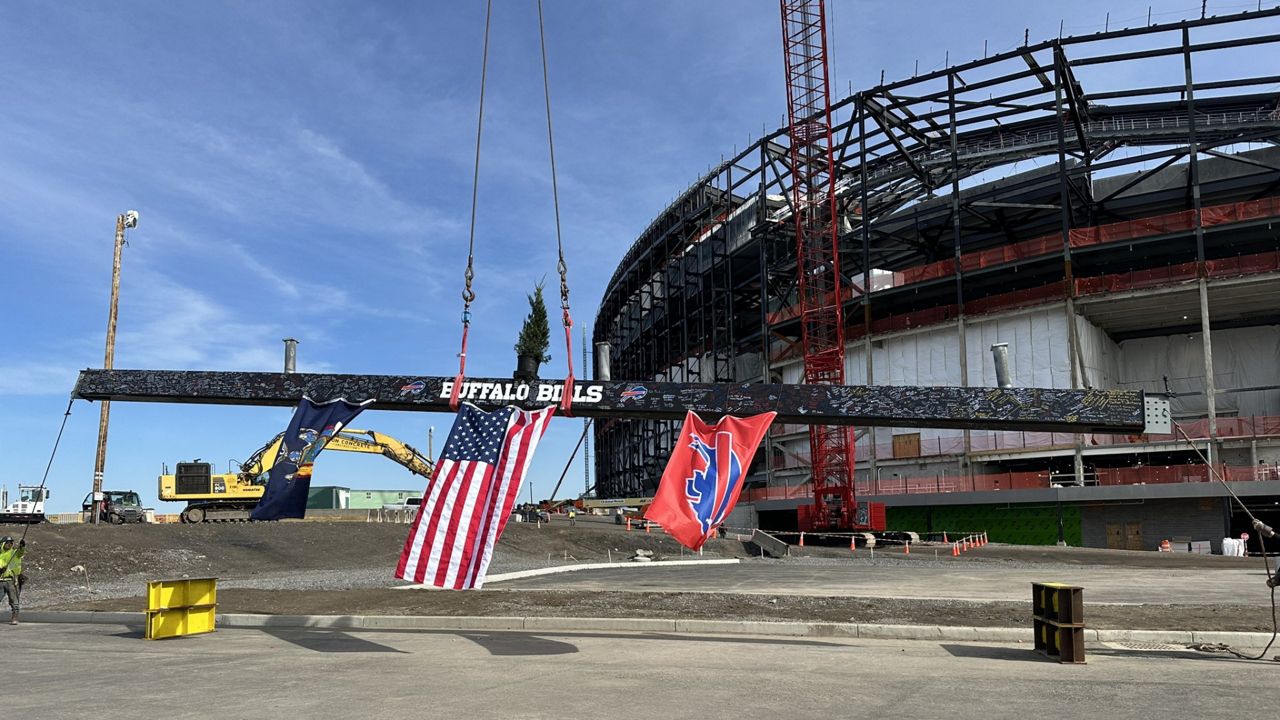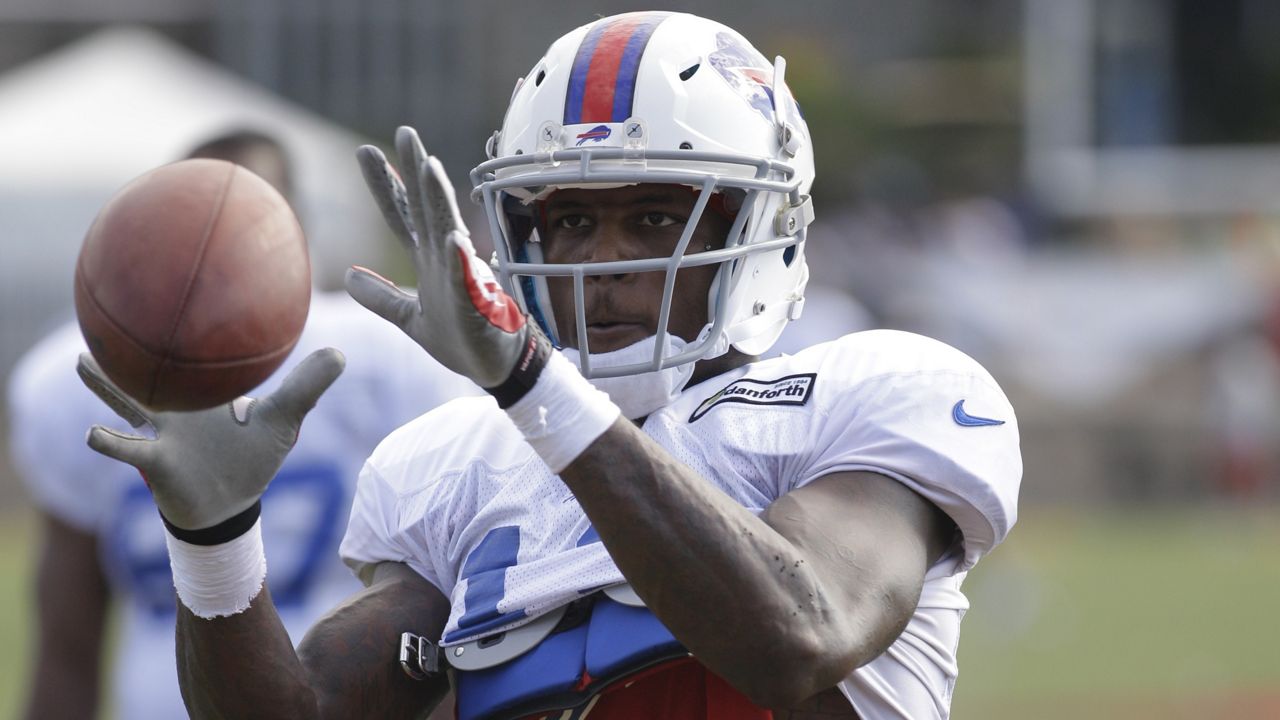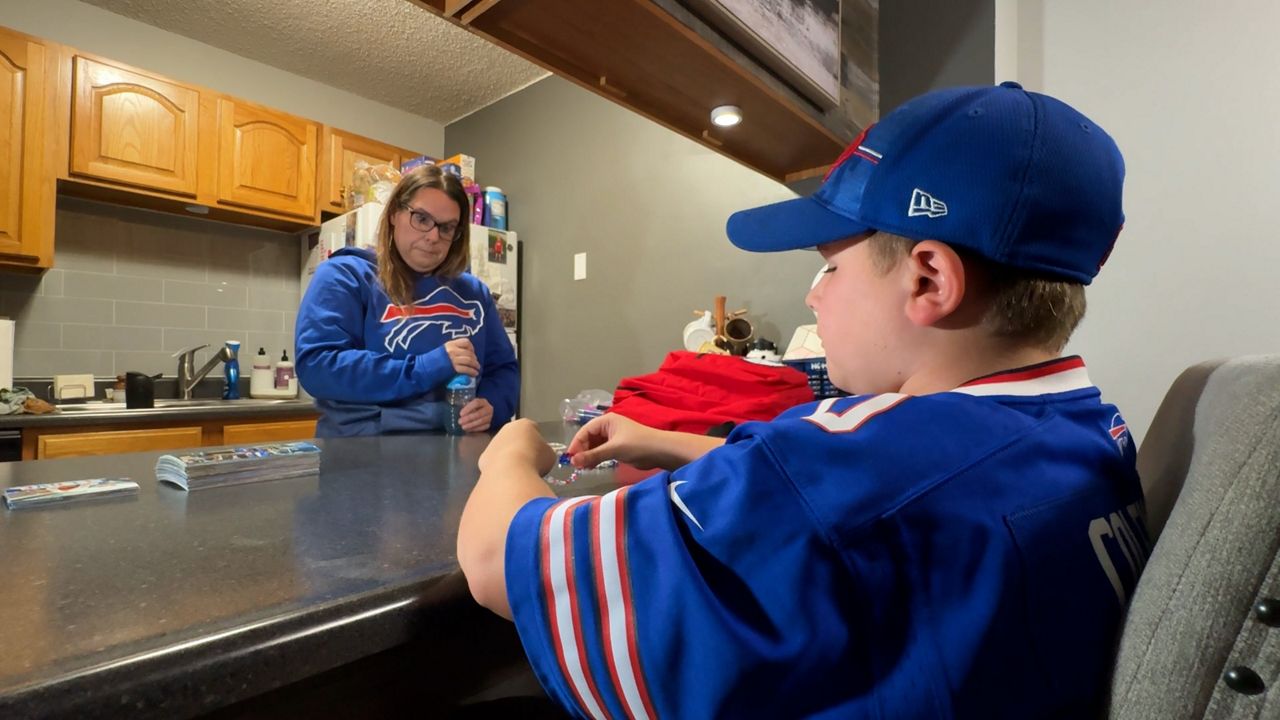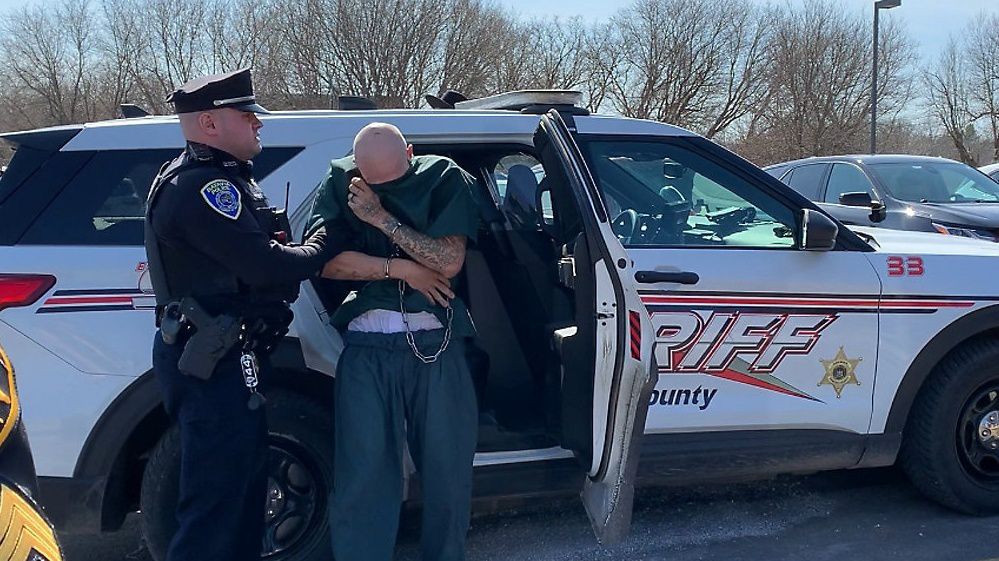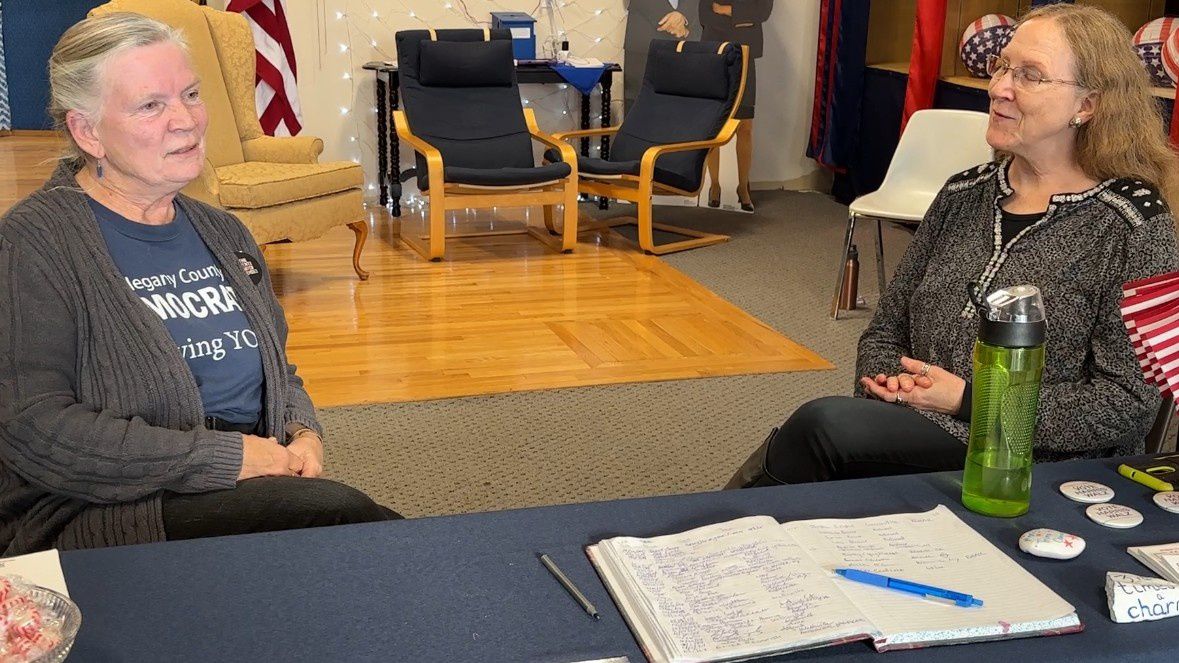BUFFALO, N.Y. — Driving down Humboldt Parkway, it would be hard to find Robert Coles’ house, even if you were looking for it.
“If you look at this structure and the surrounding houses, they look nothing like that,” said Henry Louis Taylor Jr., a professor in the Department of Urban and Regional Planning for the University at Buffalo.
“It's only when I came back to live here that I was like 'who is this guy?' So that started this trajectory of like, many of these things are in our own backyards,” said Albert Chao, co-director of the Coles’ House Project.
Born and raised in the city of Buffalo, Robert Coles was an architect who knew the impact of his community and culture in both his work and Buffalo’s East Side.
“And that was always the connection that existed between Bob and myself. A love of the East Side and a fundamental desire to transform it. And note I say transform rather than develop,” Louis Taylor Junior said.
“He started his practice here in the 1960s, he hired black architects, he also hired women, his office was very diverse,” said Chao. “He was always trying to uplift other practitioners.”
His work in Buffalo is reflected through buildings like Buffalo’s Merriweather Library and the John F. Kennedy Recreation Center
“You can kind of trace his trajectory and his style morphing over time through the city. I can count over a dozen significant, ground-up buildings,” Chao said.
Of course, the home Coles designed and lived in sat right on the precipice of the newly built Kensington Expressway.
“The construction and the design of the Kensington Expressway had a devastating impact on the Black community. Devastating in the sense that it created a framework that limited the possibilities of its growth and development,” said Louis Taylor Junior.
It was both because of and despite Coles’ knowledge of plans to build the expressway that he decided to build his home with the porch facing the backyard instead of the street.
“It's a heroic act to turn you back on the highway but yet you’re still here and you’re still living here,” said Chao. “And to me that symbolizes the importance of breaking from frameworks that are not working. And by that I mean frameworks in our communities that are not creating community,” Louis Taylor Jr. said.
Community, and more specifically the East Side community, being something that motivated Coles’ work while also being seen in it.
“When we talk about the East Side, we talk about where almost 74, 75% of the African American population live,” said Louis Taylor Junior. “How do we reimagine, redesign, and transform the places and spaces where Black people live so that they are healthy, prosperous and joyful places to live, work, play?”
A mission Coles had that continues to be felt in his community today.
“What we’re saying is we’re not attempting to solve the problem of Black people in the East Side. We’re attempting to solve the problem of metropolitan Buffalo. We’re attempting to solve the problem of the United States. We’re attempting to build a model for how these things ought to be,” Louis Taylor Junior said.
“We’re hoping that we can carry on this legacy of like advocating but also like listening first before we build and advocate for the community,” said Chao.


